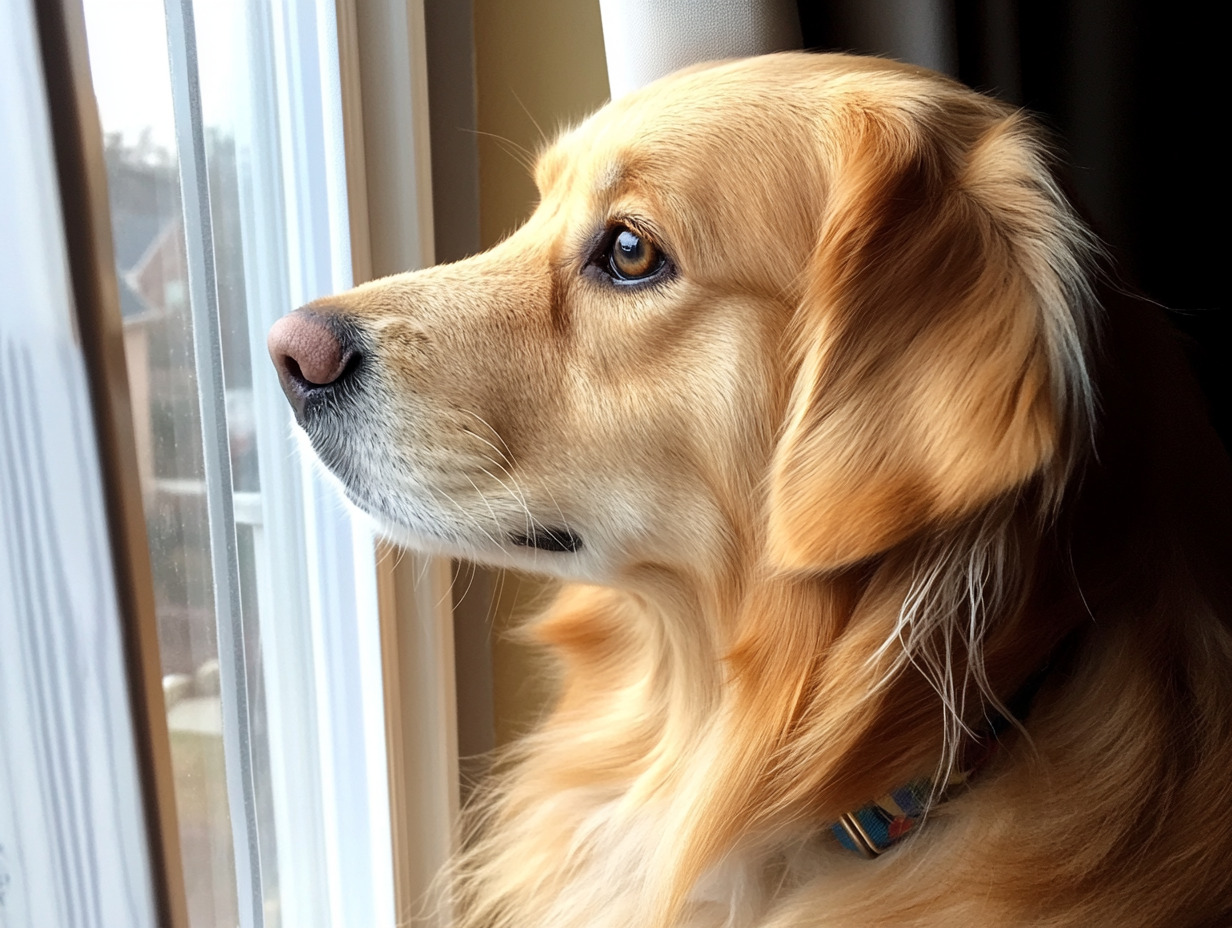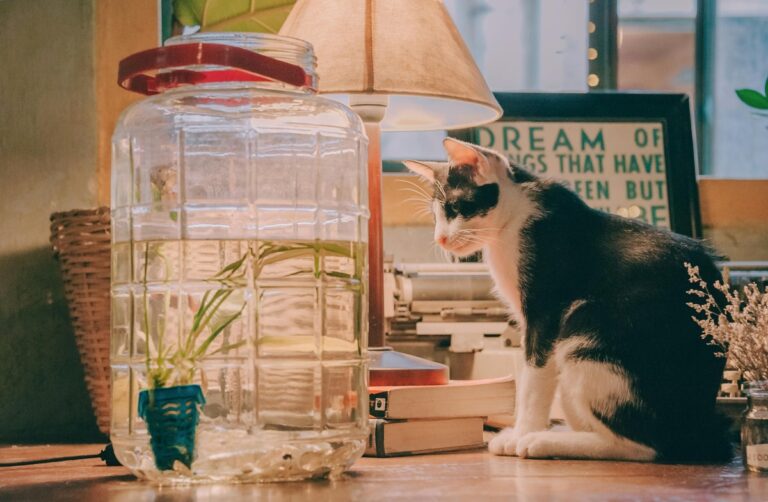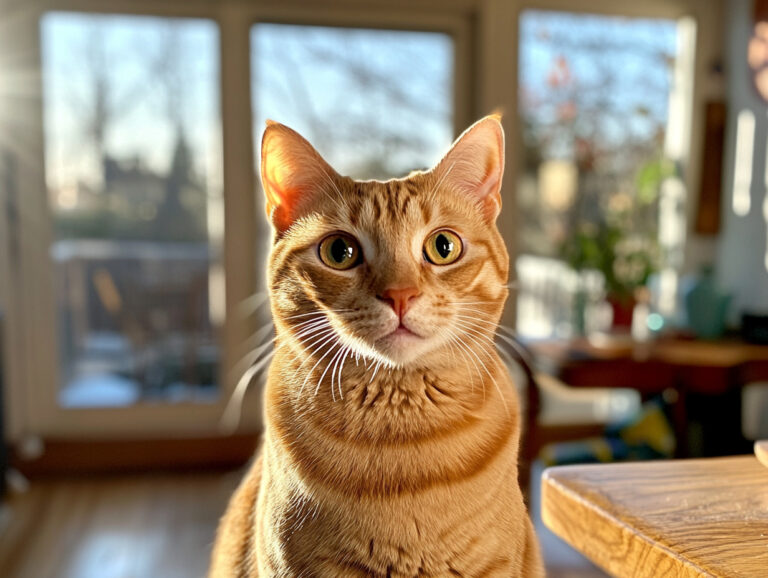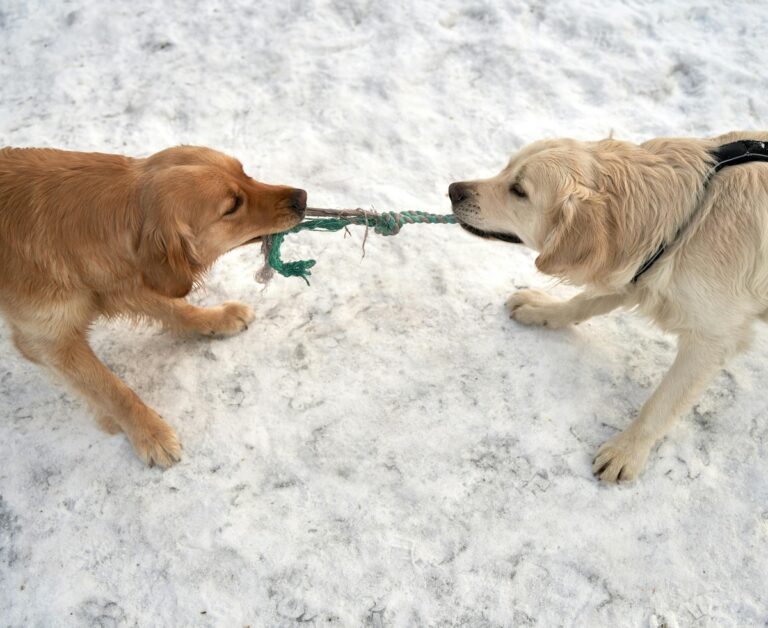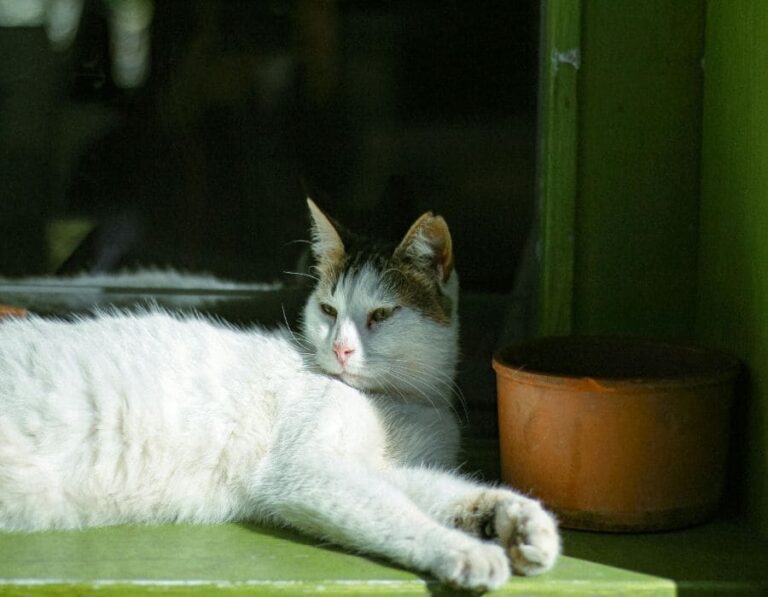10 Ways to Handle Pet Separation Anxiety
Separation anxiety is a common issue for pets, especially dogs and some cats, who become distressed when left alone or separated from their owners. This emotional stress can lead to destructive behaviors, vocalization, house soiling, and even physical symptoms. Understanding the causes and learning how to manage separation anxiety can make a huge difference in your pet’s well-being—and your own peace of mind. Here’s how to recognize and handle pet separation anxiety effectively.
1. Recognize the Signs of Separation Anxiety
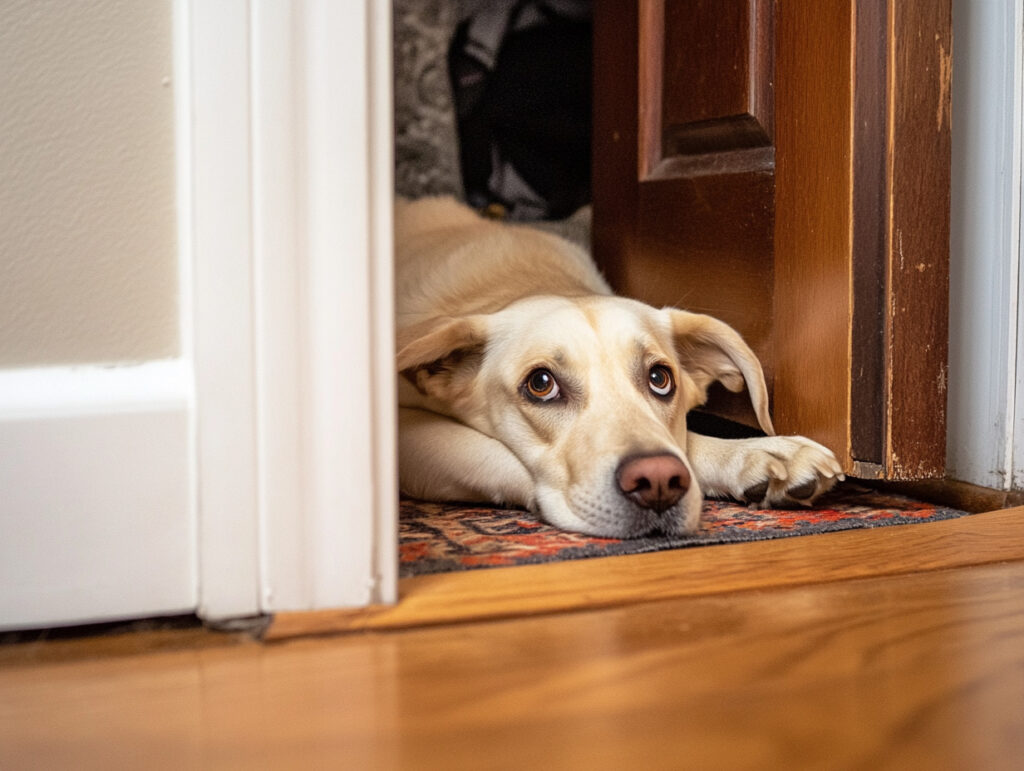
Pets with separation anxiety may show signs such as whining, barking, howling, or scratching at doors when you leave. Other signs include chewing furniture, excessive drooling, pacing, attempting to escape, or urinating indoors despite being house-trained. Cats may over-groom, hide, or refuse to eat while you’re away. Recognizing these symptoms is the first step toward helping your pet feel more secure.
2. Create a Calm Departure Routine
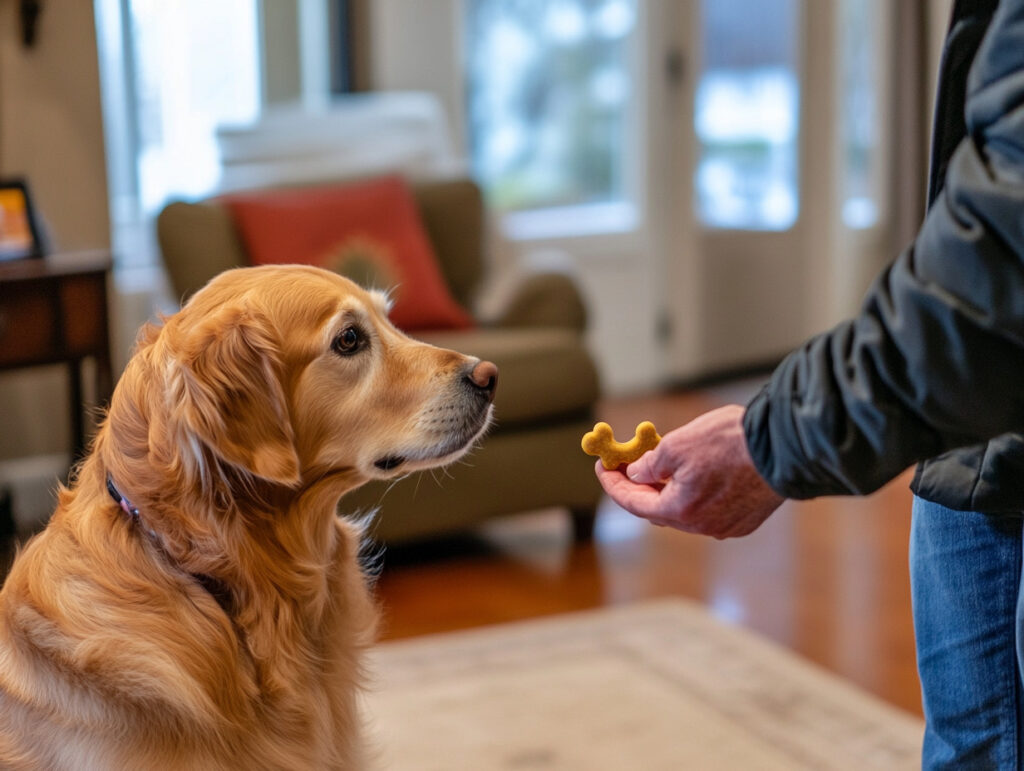
Avoid making a big deal out of leaving the house. Overly emotional goodbyes can heighten your pet’s anxiety. Instead, keep departures low-key and routine. Consider offering a treat or favorite toy as you leave to create a positive association with your absence.
3. Practice Short Separations First
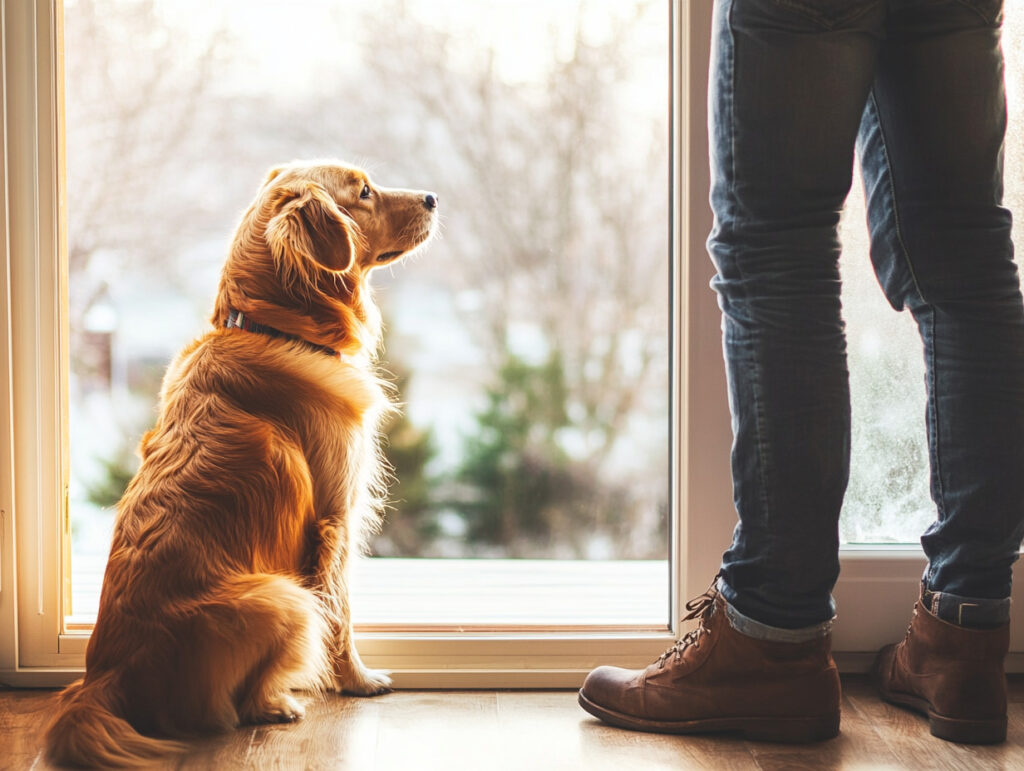
Gradually desensitize your pet by leaving for short periods and slowly increasing the time you’re away. This builds trust and confidence that you’ll return. Start with just a few minutes and work your way up, rewarding calm behavior each time.
4. Provide Enrichment and Distractions
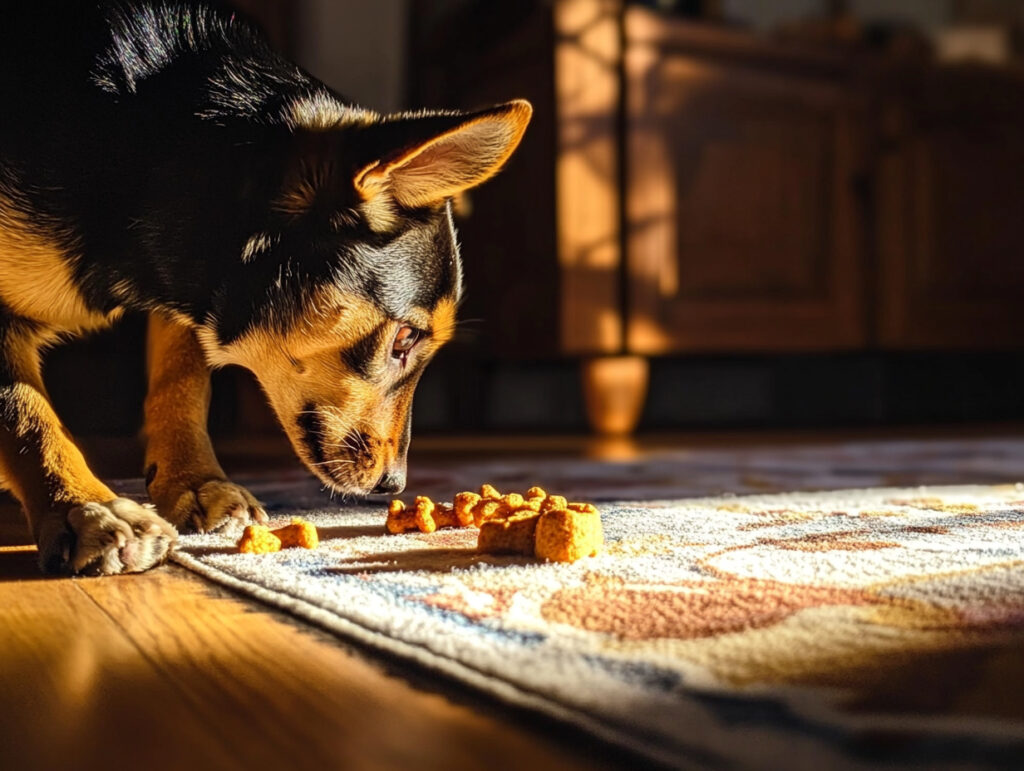
Give your pet something to focus on while you’re gone. Interactive toys, treat puzzles, or safe chew items can keep them occupied and help reduce anxiety. Leaving the TV or calming music on can also provide comfort, especially for dogs.
5. Establish a Predictable Routine
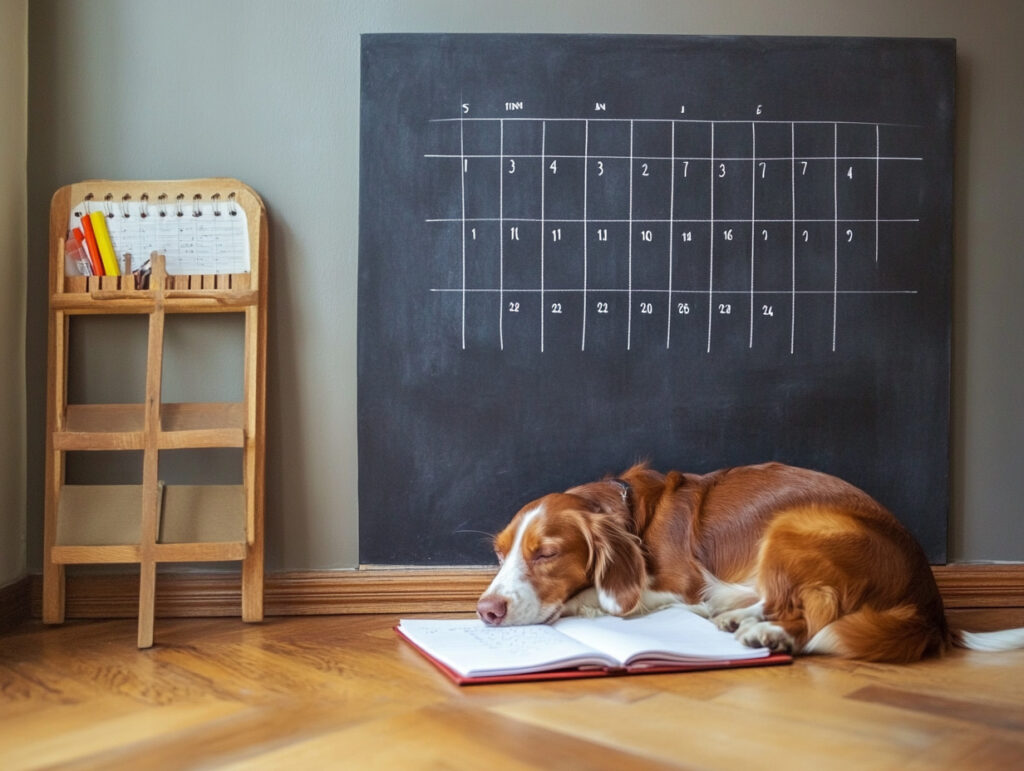
Pets thrive on consistency. Regular feeding, playtime, and bathroom schedules provide a sense of stability and control. A predictable routine can help reduce overall stress, including anxiety around separation.
6. Use Positive Reinforcement
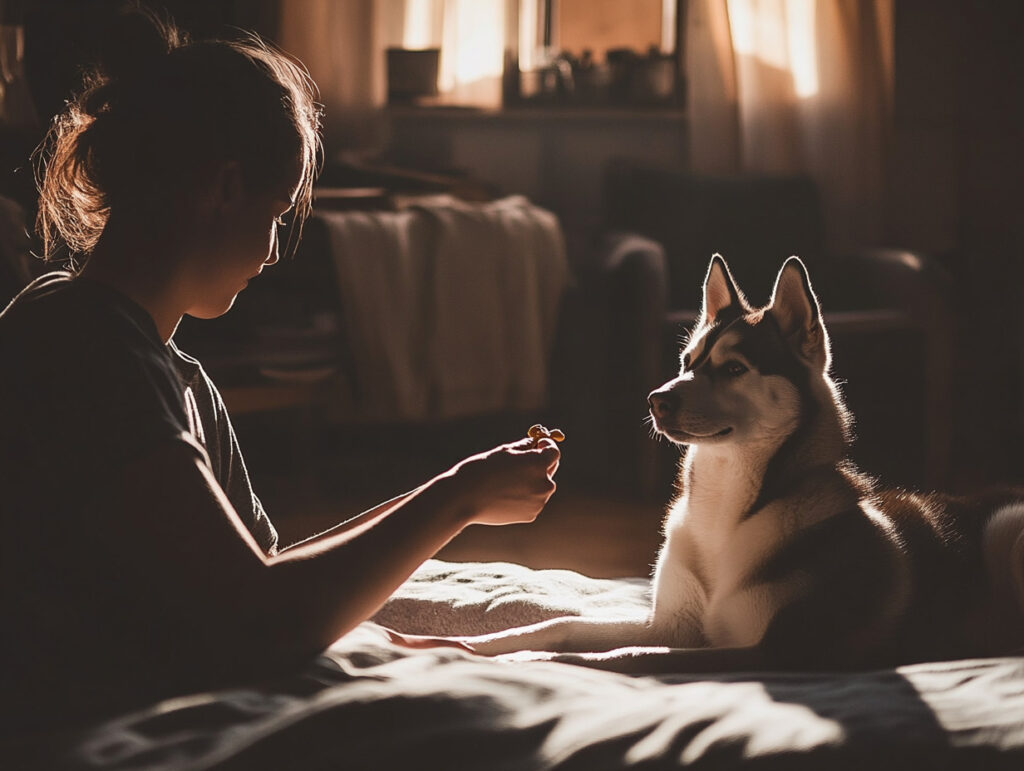
Reward your pet for independent behavior. For example, if your dog relaxes in another room or your cat naps peacefully while you’re out, offer praise or a treat. This encourages calmness and confidence when alone.
7. Create a Safe, Comfortable Space
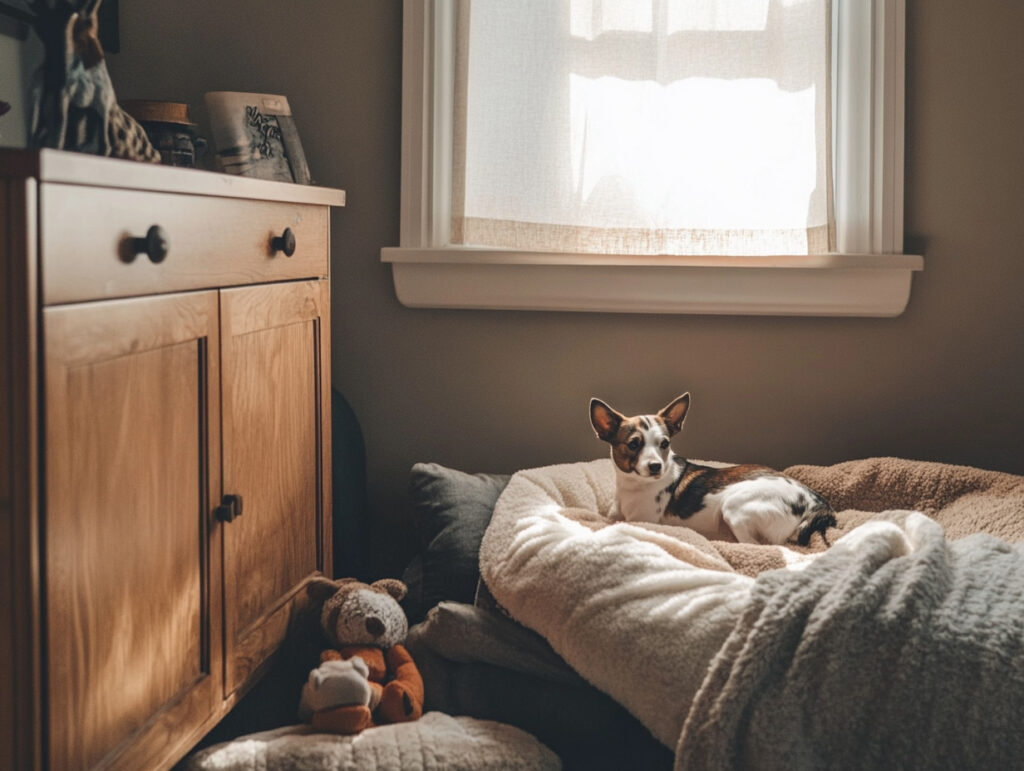
Designate a cozy, secure area for your pet while you’re away. Use their bed, favorite blanket, and comforting toys to make the space feel safe. Crate training may also be helpful for dogs who view their crate as a den, not a punishment.
8. Avoid Punishment
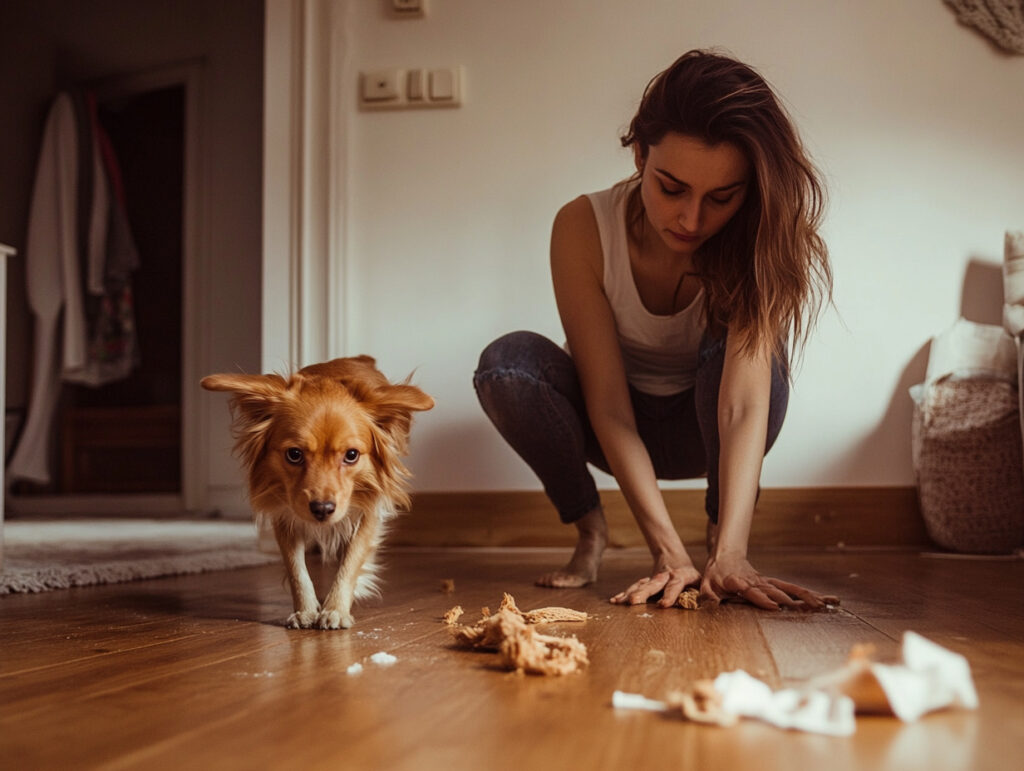
Never scold or punish your pet for anxiety-related behaviors. This can worsen the problem and create fear. Instead, focus on patience, consistency, and gentle corrections to guide your pet through the process.
9. Try Calming Aids or Products
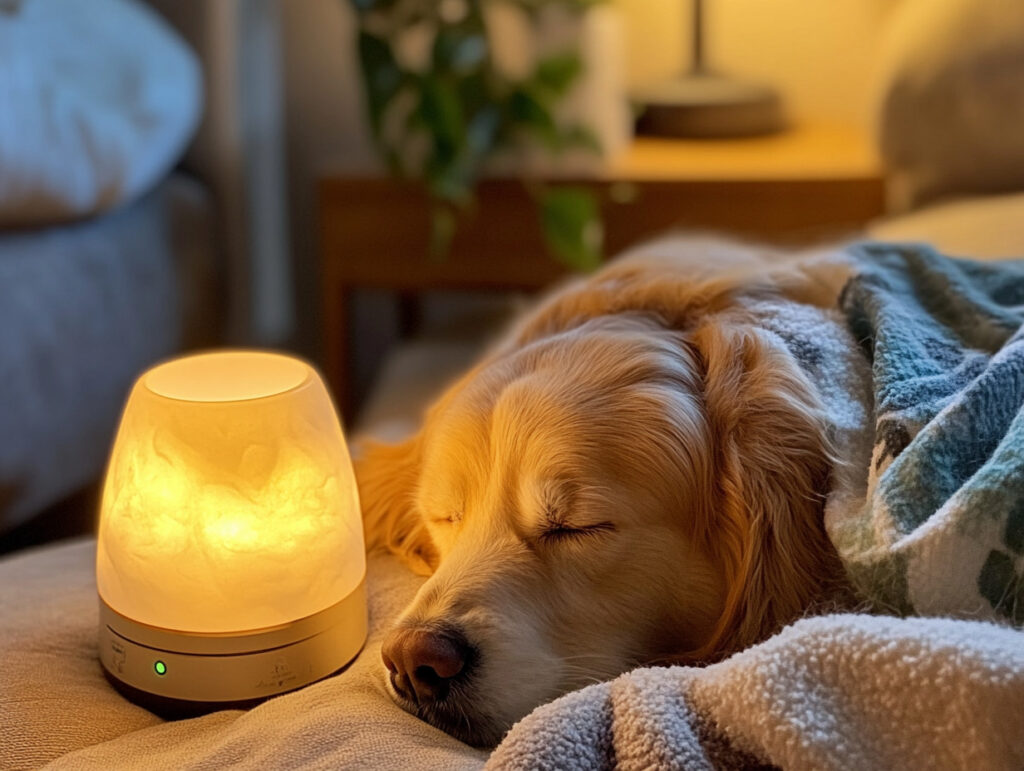
For some pets, calming aids like pheromone diffusers, anxiety wraps, or natural supplements can make a noticeable difference. Always consult your veterinarian before introducing any new products to ensure they’re safe and appropriate.
10. Consult a Professional for Severe Cases
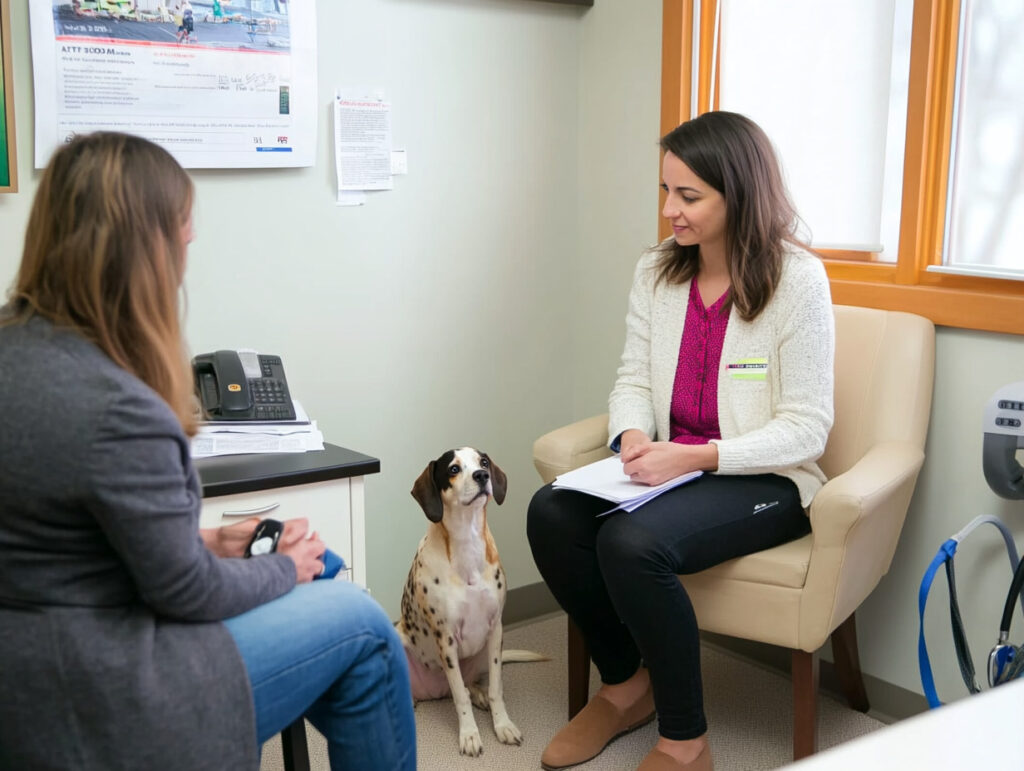
If your pet’s anxiety is severe or isn’t improving with basic strategies, consider working with a veterinarian, trainer, or animal behaviorist. In some cases, behavioral therapy or even short-term medication may be necessary to help your pet cope.
Easing the Strain of Separation
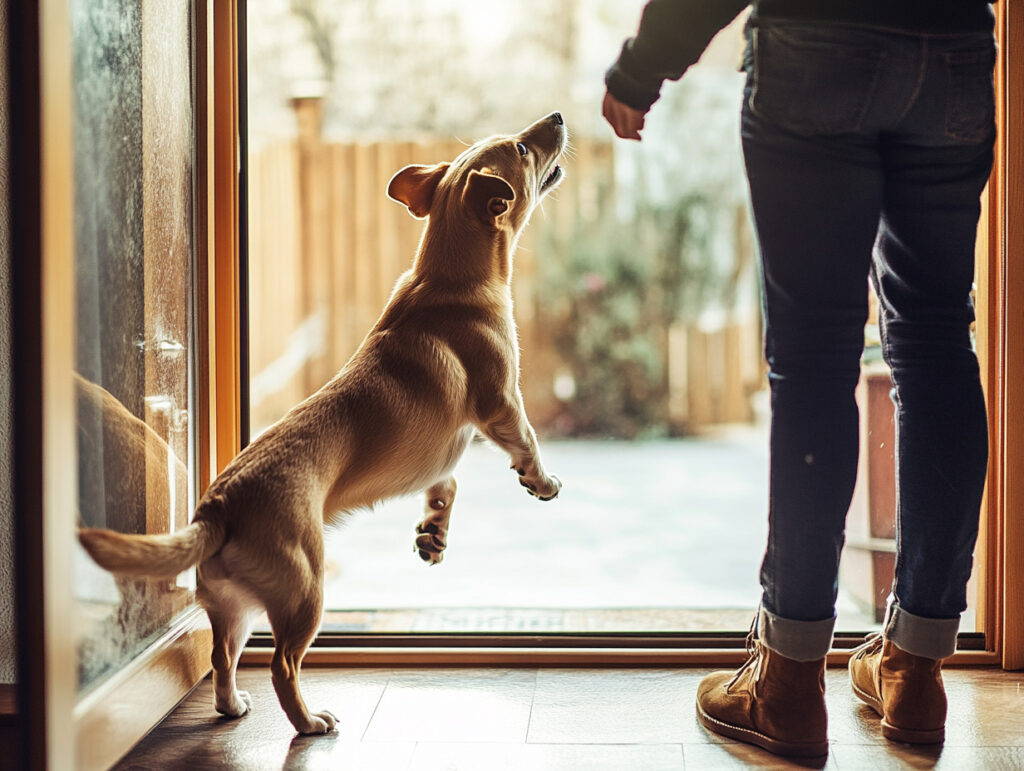
Separation anxiety can be tough—for both pets and their people—but it’s manageable with the right approach. By building your pet’s confidence, creating positive associations, and providing routine and comfort, you can help them feel safe even when you’re away. With time, consistency, and compassion, your pet can learn to thrive on their own while knowing you’ll always come back.

